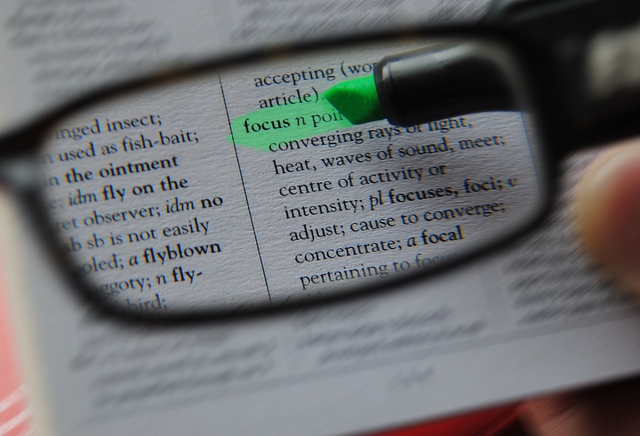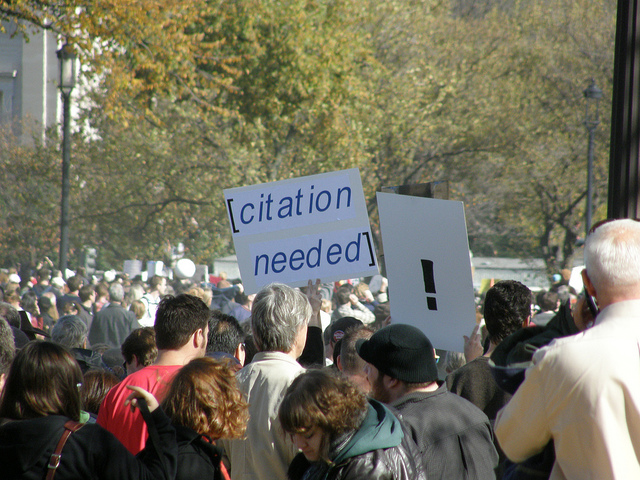When doing a lot of research, you’ll probably end up with a lot of notes, annotations, highlights, etc. That’s fine, but sometimes it can be a challenge to get everything together on paper. Here are some tips to help you stay focused and produce a high-quality essay.
- Have a vision:
If you don’t know where you’re going, it’s going to be pretty hard to get there. You should have some idea—perhaps a thesis statement—of what your essay’s final form will show. - Define the scope:
You may decide to write an essay about how Kant’s philosophical views were foundational and groundbreaking. But how much of Kant’s views do you want to cover? If you’re writing about the Categorical Imperative, how much of Kantian ethics should you cover? Or if you’re writing about whether a priori synthetic judgments are possible, will you restrict your essay to this topic only, or will you do an overview of The Critique of Pure Reason?Scope is very important. Without a clearly defined vision, you won’t know where to go with your essay. But without limits on what you’ll cover, you may find yourself wandering aimlessly, trying to cover way too much material. Remember that it’s much better to have a 5-page paper that clearly defines your perspective, than a 50-page paper tome that doesn’t really make a point.
- Be flexible:
Sometimes essays, like most writing, can take on a life of their own. You may start out wanting to cover one thing, only to realize that your research and writing have led, logically, to something else. While you should definitely have a vision, you should not allow it to prevent you from modifying your direction—or perhaps even your scope—as logic would dictate while writing certain essays.
So, define your vision and determine your scope. Be flexible, making adjustments to your original plan as conditions merit.



